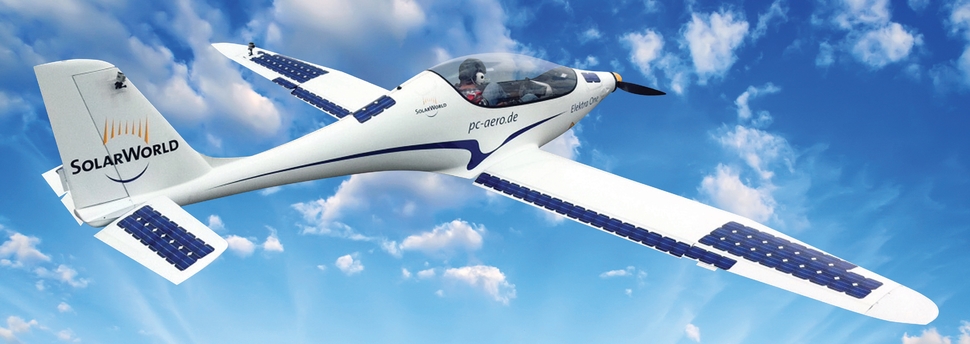The rate of innovation in the aviation sector is uncertain and dependent on many factors such as policies, conflicts, economies, etc. Consistently, war, competition, costs and efficiency have driven the most radical innovations in the aerospace sector. Reduction in emissions and alternative fuel sources are now also key drivers in innovation.
In the 20th Century, there were numerous aviation companies designing a wide range of aircraft for different purposes. Radical new aircraft for airlines rolled out, like the de Havilland Comet, DC-8 and the Convair 990 that reduced costs and increased payloads and range. The Comet was the first commercial aircraft to use pressurized fuselage and jet engines which enabled it to fly higher. Although the Comet failed due to fuselage fatigue, this radical innovation opened up an entire new realm of exploration in aviation. The jet engine, originally believed to be too heavy for flight enhanced the speed, altitude, and range of air travel entirely. Also, military aircraft transitioned from slow propeller aircraft into fast swept wing jets such as the ME 262, the F-86 Sabre and the F9-F. Currently, batteries are claimed to be too heavy for air travel due to their low energy density, however, this is likely to change due to rapid innovation in battery technology!
Currently, Boeing and Airbus have acquired most of the smaller aviation companies and they are now the two largest civil aircraft companies competing for market domination. While advancements are surely still occurring at these giants, being subject to less competition reduces the obligation to rigorously innovate. Most innovations that are implemented within these leaders and their subsidiaries are incremental, for example the improvement of fuel efficiency and/or the reduction of dry mass by a few percent. Over time, these incremental changes generate substantive reductions in operation costs for the airlines and less emissions. However, due to this ‘dual-monopoly” radical innovations in aviation seemed to have slowed down. The opposite can be seen in the space sector with the emergence and success of the highly innovative SpaceX competing with the United Launch Alliance (Boeing and Lockheed). The main determinant for innovation within commercial aircraft market leaders is to gain or maintain the economic advantage.
For radical innovations, normally market leaders group a small creative team for R&D on drastic innovations and as they become feasible, more engineers join the research and development. After many design phases, wind tunnel models are built to validate the research conducted. Consequently, test aircraft are built and flown. However, even if this successful the new product may not be introduced for commercial markets like the Boeing X-48.
Because innovations are increasingly complex, and the sector is dominated by a handful of giants, it is costly for small firms to enter and to innovate in the civil airline market. Small aircraft companies thrive in the private aircraft market. This is mainly due to more relaxed regulations, smaller aircraft, less users, etc. In the private market, radical innovations are much more frequent, for example the ICON A5, the HondaJet and the Piaggio P.180.
Large companies can easily divert a small team to perform research on radical innovations for the civil airline market, while this is harder for small companies with less resources. Companies sometimes form a tech cluster to increase performance toward their goals. Translating radical ideas into effective technologies can be costly while the benefits are unfixed. Will electric aircraft propulsion be the next ‘jet engine’?
Image Source: http://www.solarworld-usa.com/newsroom/news-releases/news/2011/elektra-one-solar-plane
